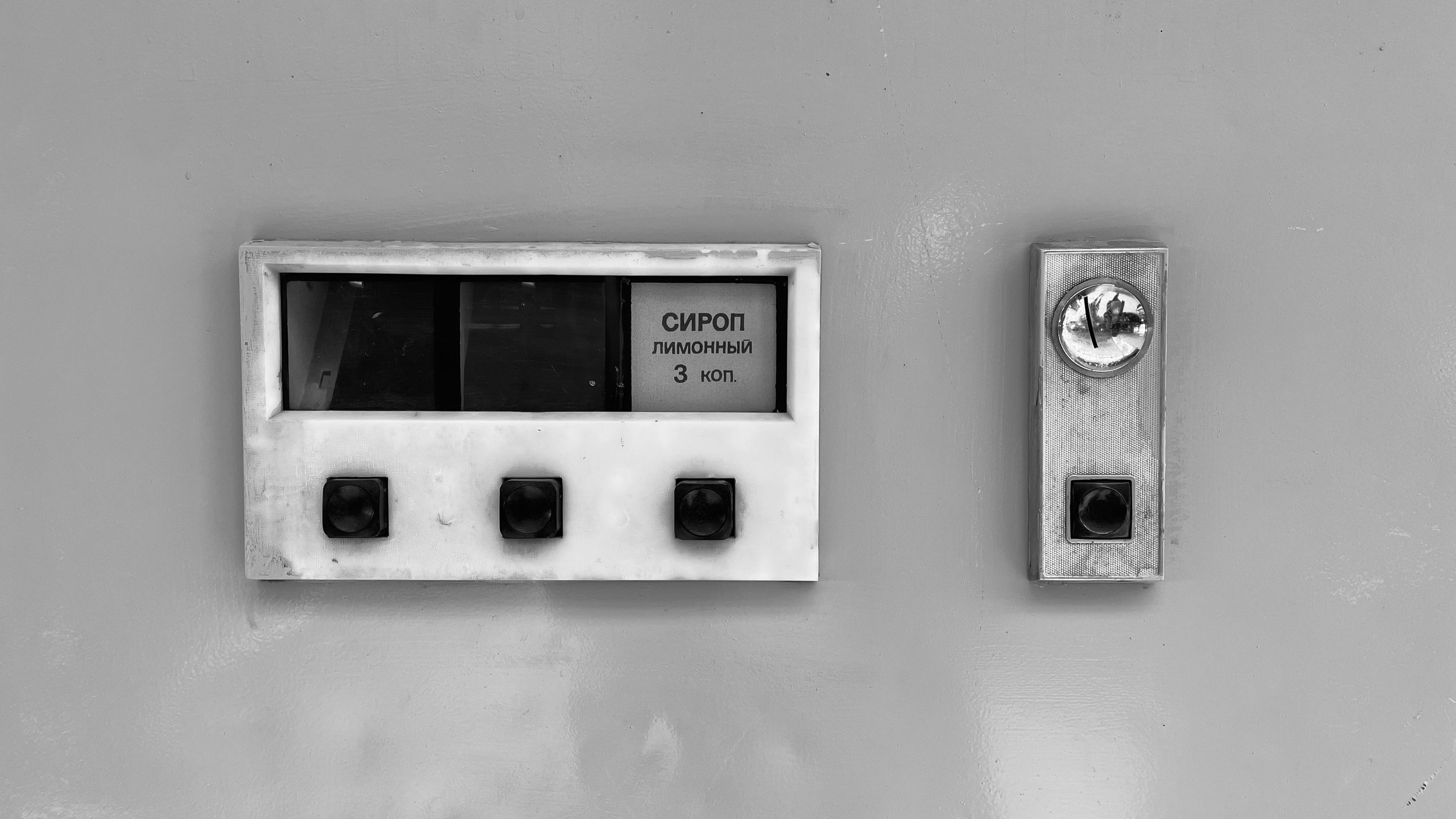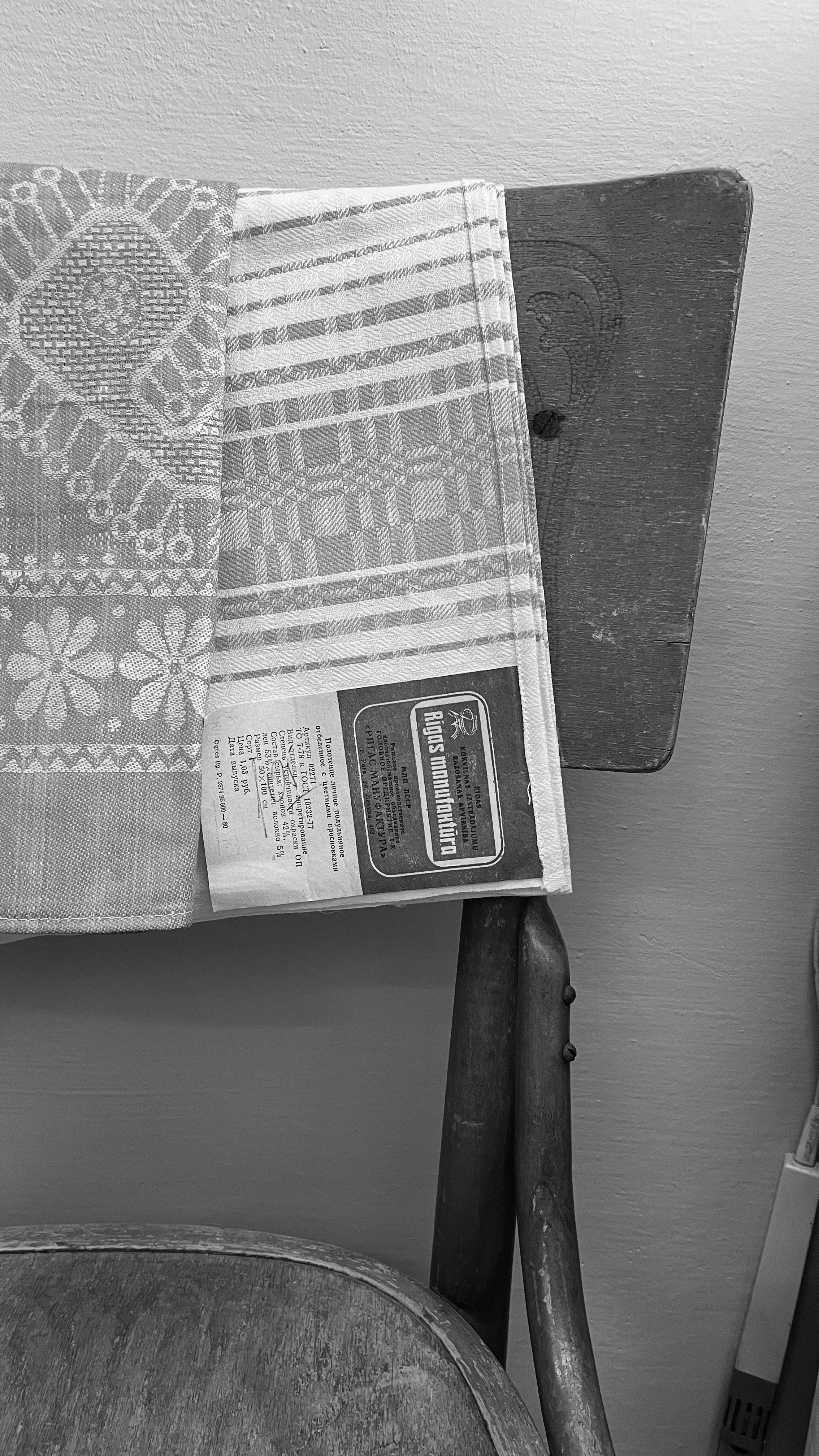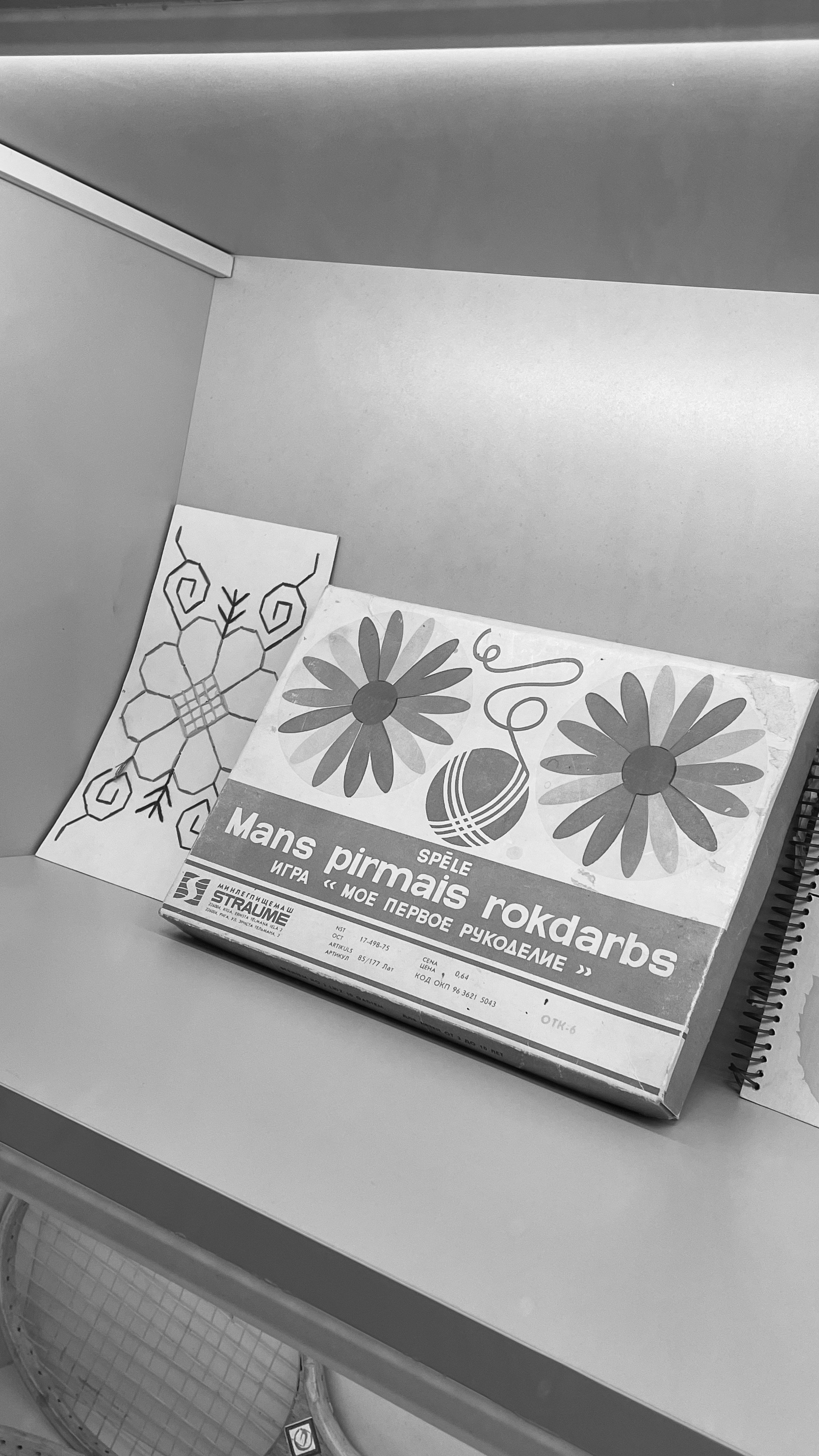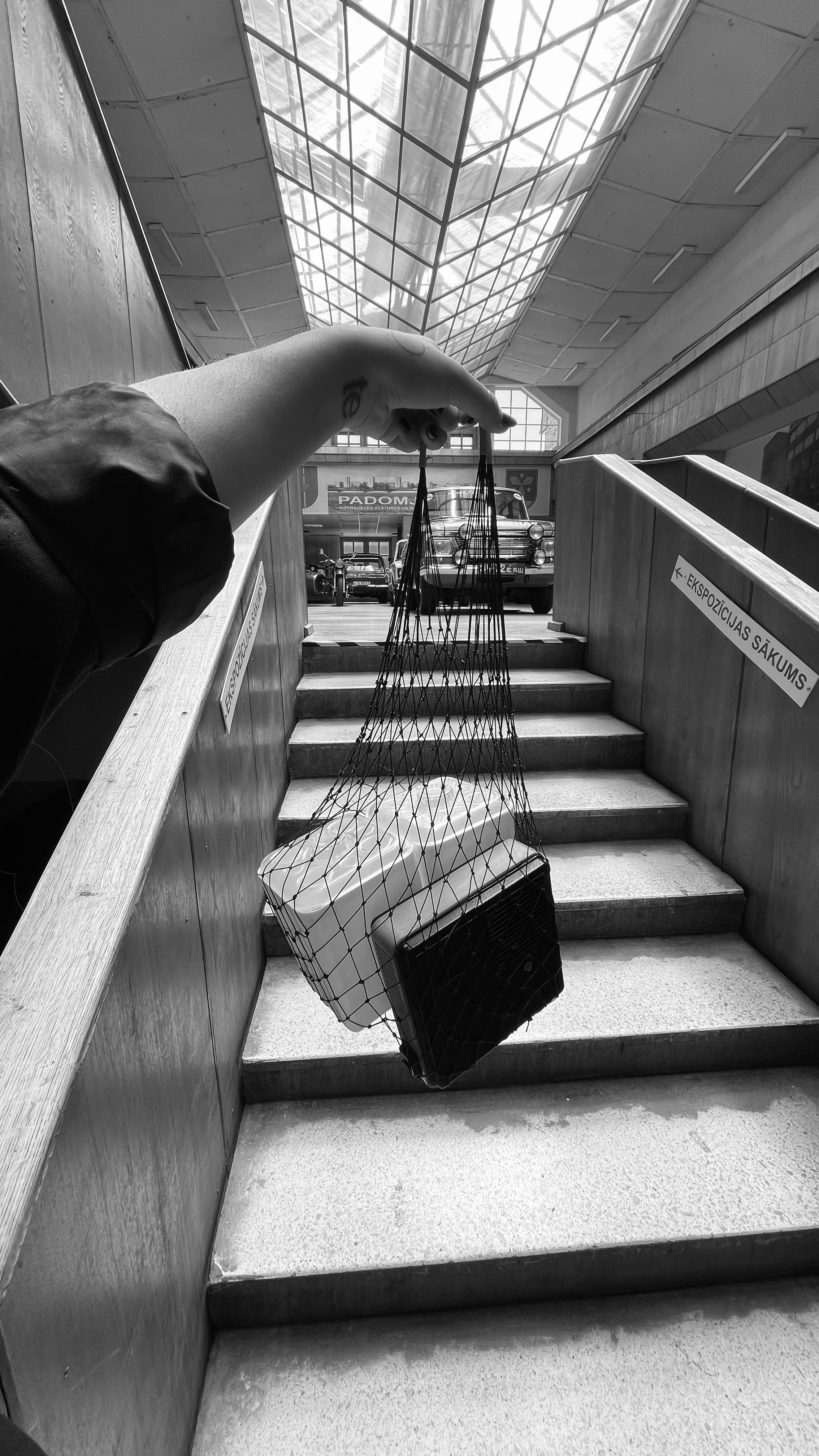REMINISCING ABOUT SOVIET LIVING
When I first watched the film Homo Sovieticus, I discovered that there was an entire exhibit dedicated to living in the Soviet era. Despite putting it off for few years, I decided to visit the museum as part of my studies in cultural heritage. Yesterday, I finally made my way to the Aizkraukle Museum.
It's no secret that Soviet living and its visual aesthetics are close to my heart. I write, research, and interpret them in my work, so this museum visit was a small fulfillment for my soul.
It was a Sunday when we arrived at the museum and realized that we would have the entire museum to ourselves. Inside, we were greeted by a hall attendant with a metal cash box instead of a ticket counter. The ticket itself was old-school, and to my pleasant surprise, the entrance fee for students was only 1.50 euros. What else can you get for euro fifty cents nowadays?
We entered the exhibition, and I was particularly drawn to the thematic arrangement. The main hall with showcases was designed like a street, with different rooms representing the Pļaviņas Hydroelectric Power Station, a school, a medical room, a household, sports, and more. Moving through the rooms, the thematic arrangement helped to maintain intrigue and a high level of excitement. As a pregnant woman, it may sound cliché, but I was particularly captivated by the children's room. There, I saw the toy box I grew up with, the printed plate we used in the countryside, and even the little rattle toy from my memories. Although I was born in the late '90s, my childhood also consisted of some Soviet classics. Of course, my eyes sparkled when I saw the display of Christmas tree ornaments. I would be willing to give so much just to have these familiar designs made of plastic instead of glass, for the safety of pets and children. One of the refreshing things was the minimalist design of the water dispenser and the telephones. It reminded me of how accustomed we are to advertisements and graphic design filling the space, and when you see a larger empty space, you start to wonder what's missing.
Speaking of authenticity, the entire museum is incredibly authentic to Soviet living. The creaking floor, the worn and stretched carpet, the books pushed deep into the bookshelf with the "small design objects" placed in front of them that are perpetually dusty and wiped clean. All the furniture had beautifully worn-out handles, and melancholic curtains hung loosely from the rods. Maybe some people would feel embarrassed by this, but in the context of the museum, it added a perfect touch of authenticity. Whenever I tell foreign friends about living in the Soviet Union and its realities, I try to find the right flavor to convey the experience. Now, with my visit to the Aizkraukle Museum's Soviet era exhibition, I have my first stop for delivering that flavor.
Overall, the museum visit was excellent. I was delighted that the museum had such spacious rooms to expand in, and I believe that the impact of Soviet heritage can be best understood when presented on a large scale or experienced collectively—whether it's a large full-fledged museum or an entire microdistrict. Only then can one grasp its real influence. The museum staff was attentive, and at the exit, there was a souvenir corner where you could simply take something from the Soviet era home since there was no space for it in the exhibition. As for me you don’t have to tell me twice - a string bag, a radio for my husband, and two containers for rice and other grains accompanied me home.
Arriving home to my apartment block, I looked at the courtyard with renewed affection and noticed a couple more loose tiles from the facade. It has become a tradition of sorts—if tiles fall off the walls in the museum toilets, then what is worse about my home facade? While waiting for the elevator, I admired the peeling stucco, the peculiar wood finishing, and the old wooden windows in the stairwell. Thank you, Aizkraukle Museum, for nourishing my enthusiasm, providing a deeply authentic experience, and giving us one comprehensive place to immerse ourselves in memories and rediscover.
Still enthralled by Soviet design values,
Elīza























